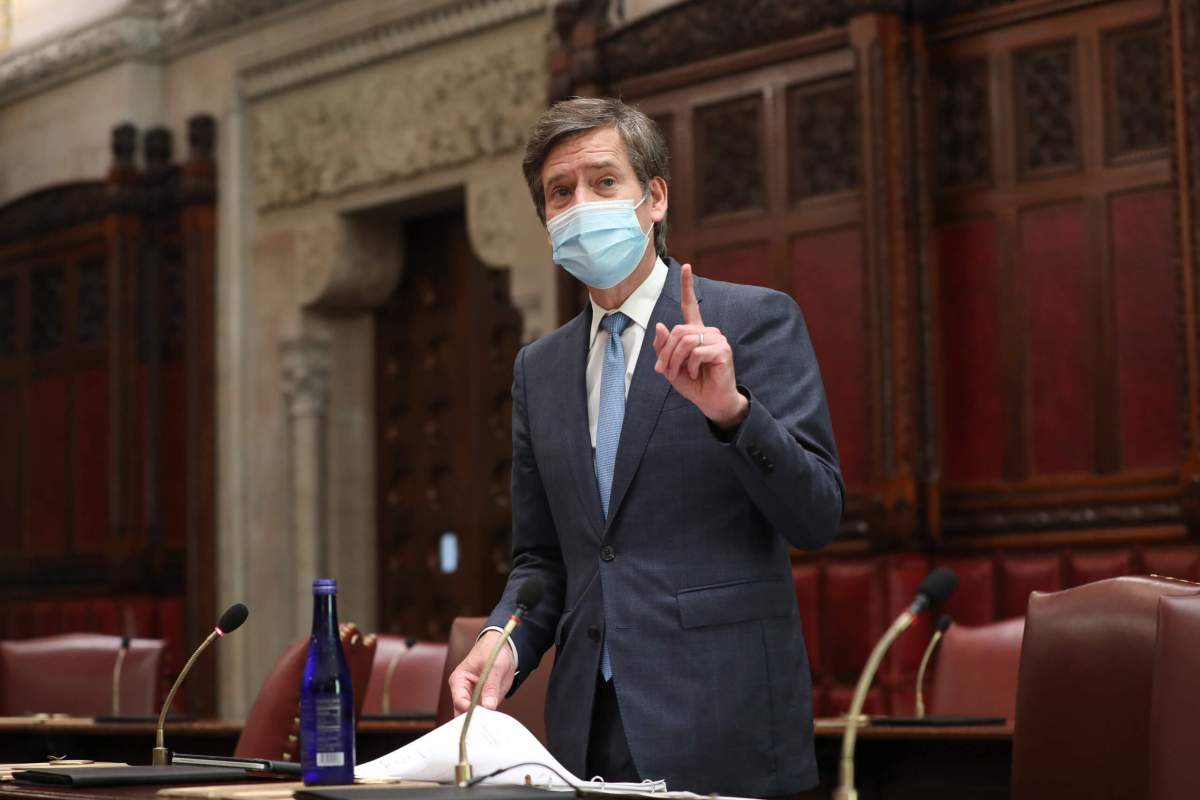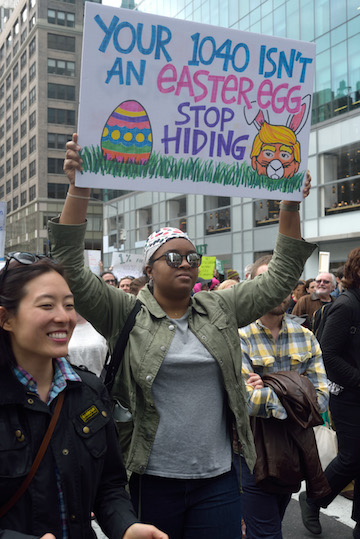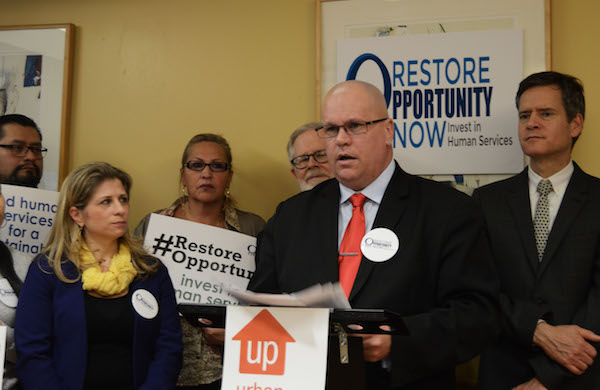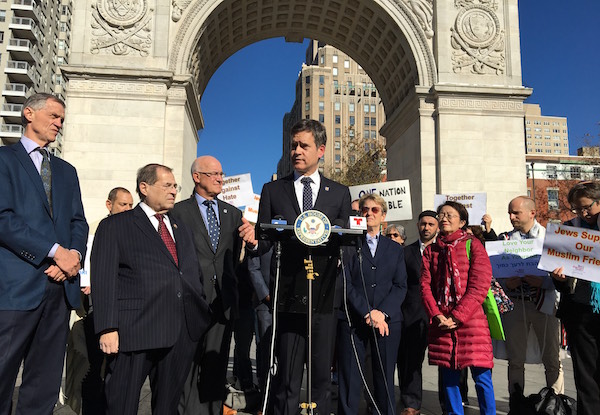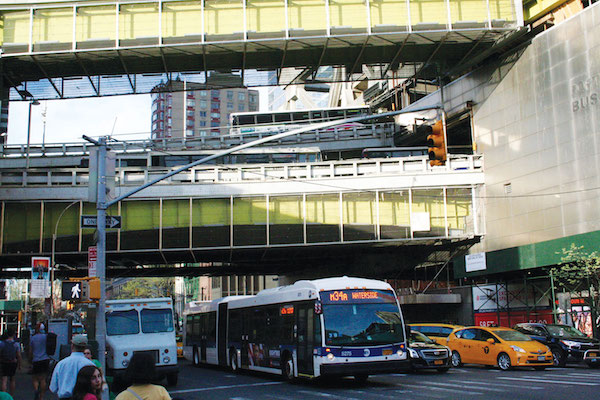A new bill is aiming to allow Medicaid reimbursement for violence prevention programs in New York hospitals.
The new bill, introduced by State Senator Brad Hoylman, would allow any Medicaid beneficiary who has been involved in or injured by community violence and has been referred by a healthcare provider to be reimbursed.
“Violence is a public health issue that New York State must help address,” said Hoylman. “With our bill, hospitals in partnership with community violence prevention programs will receive federal support to not only treat their patients’ immediate injuries, but also help prevent their future physical and mental harm. Just like other forms of healthcare, victims of violence deserve follow up care and intervention.”
“Community violence is a pressing public health emergency,” said Paul Carrillo, Community Violence Initiative Director, Giffords Law Center to Prevent Gun Violence. “We commend Senator Hoylman for recognizing the importance of tapping into federal Medicaid dollars to support the lifesaving services of frontline violence intervention and prevention professionals. With this legislation, New York joins a growing number of states that are leveraging Medicaid to disrupt cycles of violence in our most impacted communities.”
Currently, 19 states have violence prevention programs that connect qualified professionals with people hospitalized for injuries caused by community violence that are at high risk of retaliation or another violent injury. Like California, Connecticut and Illinois already have, the Biden administration has informed states that public insurance programs like Medicaid can and should provide for violence prevention programs.
“For far too long, HVIPs and other community-based programs that comprise the CVI ecosystem have been forced to operate on shoestring budgets funded by short-term grants and private donors,” said Kyle Fischer, Policy Director, The Health Alliance for Violence Intervention. “Medicaid is an important piece of the funding puzzle for cities across the country that are working to build comprehensive, evidence based CVI ecosystems that address violence at its roots.”
A study from the University of Maryland found that those with a history of violent injury are 45% more likely to be readmitted with another such injury within five years. The reinjury rate was reduced to 5% with the addition of hospital-based violence intervention programs, and an independent evaluation of New York City’s Cure Violence community-based violence prevention program found that it led to a 50% reduction in homicides and a 63% reduction in shootings.
If passed, the bill will also have long-term financial incentives. For example, gunshot injuries cost the healthcare system $1 to 2.8 billion a year — the public largely covers this because most individuals that are treated for gun wounds are covered by public insurance, if at all.
“When I was shot in 2013, after 21 days in the hospital, six surgeries and six months in physical therapy learning how to walk, I spent over $20,000 in initial medical costs during my first few months of recovery. As the gun violence epidemic plagues Black and brown communities, we cannot ignore the devastating mental, physical, and financial impact these tragedies have on survivors and their families,” said Greg Jackson, Executive Director, Community Justice. “Senator Hoylman’s transformative Medicaid reimbursement legislation will lessen the overwhelming financial burden of gun violence for thousands, ensuring survivors have the support needed to focus on their physical and emotional recovery without weighing their needs against the cost of care.”
“Medicaid reimbursement will bring funding to critical violence intervention programs,” said Mary Amsterdam, a volunteer with the New York chapter of Moms Demand Action. “Implementing this sustainable funding stream makes New York a step closer to breaking the cycles of violence.”



